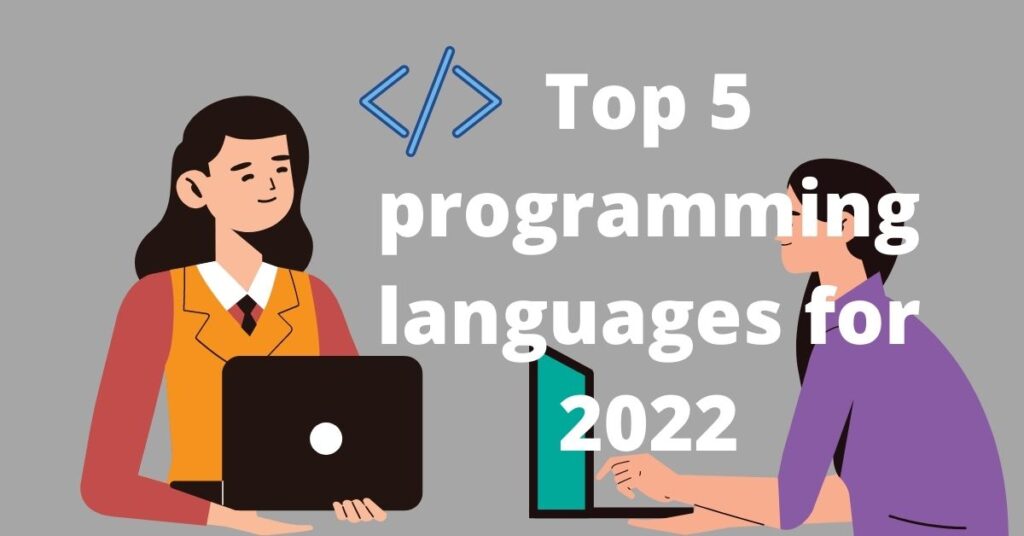Last updated on September 23rd, 2023 at 06:53 am
Two key methods, Object-Oriented Programming (OOP) and Structured Programming, stand out in the huge sea of programming concepts. These Languages serve as the building blocks for designing and organizing code in various programming languages. In this blog, we will explore the key differences between OOP and Structured Programming Language. In the same way, we will discuss the meaning, advantages, features, and disadvantages with their examples.
Table of Contents
what is Object-Oriented Programming (OOP)?
OOP stands for the object-oriented program that uses ‘object’ to design computer programs as well as to design applications. The object-oriented program uses features like polymorphism, inheritance, encapsulation, and so on.
Due to the use of all those features, it is popular these days. some examples of object-oriented programming languages are Java, PHP, C++, c#, javascript, etc.
Nowadays it is a popular tool to design and develop software. The main idea of OOP is to join data and function in a single unit, such as a unit called an object.
In the same way, The main features of object-oriented programming languages oops are data hiding and data encapsulation. problems are divided into objects in oops. In the same way, It is based on bottom-up programming.
Similarly, It is the most highly paid salary job in the world for the expert in software development using object-oriented programming languages.
what are the Main characteristics of Object-Oriented Programming (OOP)?
Object-oriented programming (OOP) is a powerful as well as widely used programming language that has revolutionized the way we design, structure as well as manage software. OOP has several key characteristics that define its fundamental principles.
- Object
- Class
- Inheritance
- Polymorphism
- Encapsulation
- Data abstraction
Application area of object-oriented programming languages (oops)?
The application areas of object-oriented programming languages (OOPS) are as follows:
- Expert system
- Artificial intelligence
- It is widely used in Games and mobile applications
- Internet-based application
- security system and decision support system
- It is also used to design user interfaces for software.
what is a structured programming language?
A structured programming language is a programming model that uses a collection of instructions executed by the computer step by step.
In the same way, It uses top-down development techniques. C, COBOL, FORTRAN, etc. are some examples of structured programming languages
Differences between OOP and structure programming languages
| Object-oriented program |
|---|
| OOp stands for an object-oriented program that uses objects to design applications and as well as computer programs. |
| In the same way, oops uses a bottom-up development process. |
| It gives more focus on data unlikely to the procedure. |
| In the same way, oop has many features like data hiding, polymorphism, inheritance, etc. |
| consequently, Easy to reuse programming code in procedure programming languages. |
| Similarly, It is the latest as well as a newer concept at present. |
| In the same way, Higher security can be possible by using object-oriented programming languages. |
| We can easily add new data and as well as functions in object-oriented programming languages. |
| Similarly, Programming development will be easier by using amazing features like inheritance, abstraction, polymorphism, etc. |
| In the same way, OOP has many features like data hiding, polymorphism, inheritance, etc. |
| Structure programming language |
|---|
| A structured programming language is a collection of instructions executed by computers step by step. |
| In the same way, it uses top-down development techniques. |
| In the same way, It gives more emphasis on procedure rather than data. |
| It does not include such features as an object-oriented programming language. |
| It is difficult to reuse programming code in Structured programming languages. |
| In the same way, It is an old concept. |
| Likewise, Higher security can not be possible by using structured programming languages. |
| In the same way, We can not easily add new data as well as functions in structured programming languages. |
| Similarly, It does not include such features, in the same way, program the development will be difficult as well as time-consuming. |
| Likewise, some examples of structure programming languages are C, COBOL, etc. |




Your article helped me a lot, is there any more related content? Thanks!